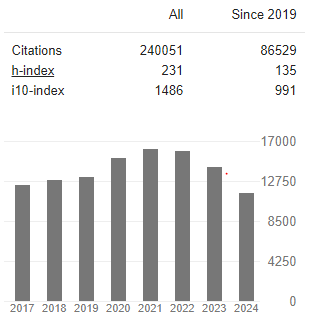Epidemiological Study of Prostate Cancer and Its Associated Risk Factors
Abstract
Firew Admasu Hailu and Tsion Admasu Hailu
This effort was under taken during the tenure of a postgraduate study by Firew Admasu at Jimma University, Jimma Referral Hospital on the case of prostate cancer while discussing with medical doctors about symptom stages, risk factors, diagnosis, complications and its treatments during visiting a surgery patient and organizing while giving the course of human anatomy and physiology at Dilla University.
Background: Based on human anatomy and physiology, prostate is a small gland, found only in men, located between penis and bladder, surrounds the urethra and used to produce a thick white fluid that creates semen when mixed with sperm produced by testicles and prostate cancer occurs if abnormal cells develop in the prostate gland to multiply in an uncontrolled mode. Prostate cancer is the most common cancer in men, develops slowly, there may no signs and symptoms appear until prostate become large enough to affect urinary tube and it is a common condition worldwide that have varying incidence and mortality, and it is the third most common cancer in men of developed countries.
Objectives: The main objective is to assess epidemiology of prostate cancer and its associated risk, specifically, to identify the major factors that increased chance of developing prostate cancer, to point out the main later stages symptoms, complications, prevention or reduce the risk, detection and diagnosis of prostate cancer.
Methods: The assessment of the epidemiological investigations of surveillance and descriptive studies on the distribution and determination of the characteristics of prostate cancer includes major factors, symptoms, complications, preventions, detection and diagnosis methods.
Results: The major factors strongly associated to increased chance of developing prostate cancer includes increasing age, positive family history (genetics), nutrition (obesity) and lifestyle. The later stages symptoms and complications include sudden need to urinate but difficulty with discomfort to urinate, bloody urine or semen, and dysfunction of erectile muscle. The risk of prostate cancer can be prevented or reduced by feeding a healthy diet, nutrition, doing physical exercise, and keeping our weight a healthy and it can be detected and diagnosed by a blood test and/or physical examination test and biopsy. In addition, different types of treatment choices at the early-stage of prostate cancer are advisable such as active surveillance, surgery, and radiation therapy are the standard therapy and difficulty to control urine may be happen after surgery due to splitting of sphincter muscle and erectile dysfunction. Therefore, this study and intervention efforts in the region should be focused on understanding its prevention methods, later stages symptoms, differences in treatment, stage at diagnosis, and early detection by socioeconomic status.



